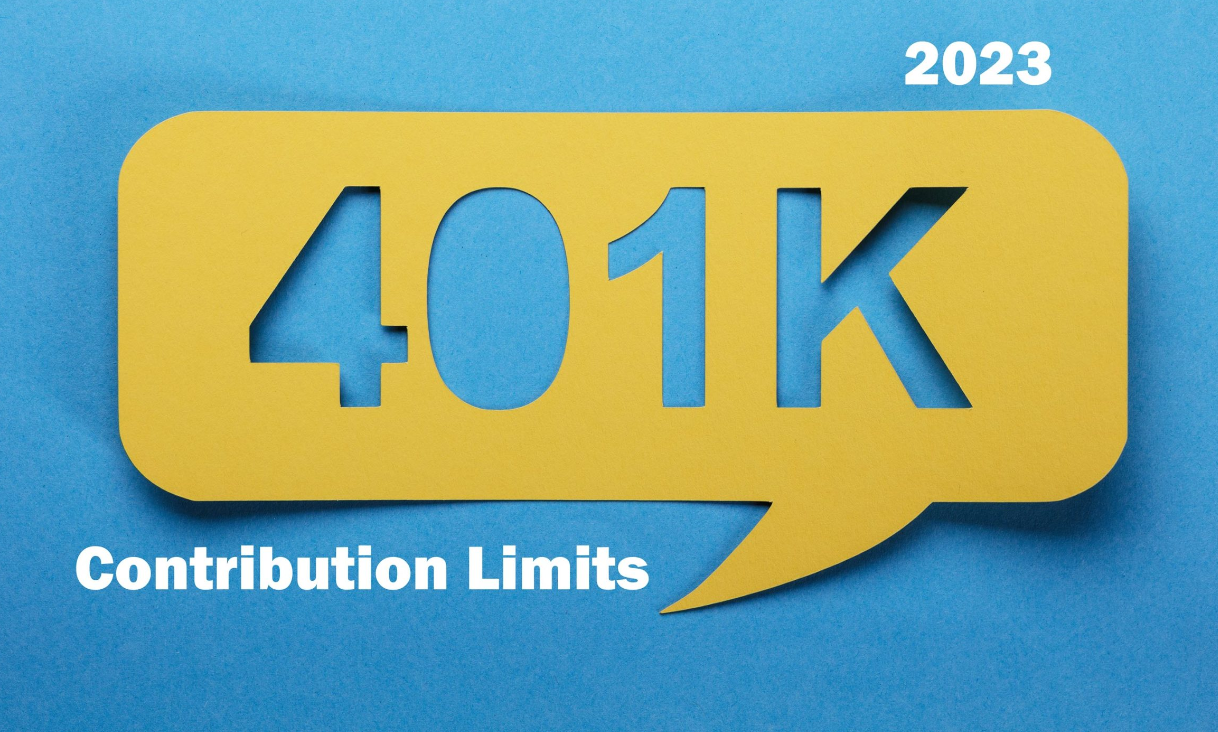As we step into the new year, it’s crucial to stay informed about the latest updates and changes that affect our financial planning. For individuals looking to save for retirement, one important aspect to consider is the 401(k) contribution limits for the year. The 401(k) retirement savings plan continues to be a popular choice among employees, offering tax advantages and long-term investment growth potential. So, let’s dive into the details and break down the 401(k) contribution limits for 2023.
For 2023, the IRS has made adjustments to the contribution limits for 401(k) plans to account for inflation and other factors. These limits apply to both traditional 401(k) plans and Roth 401(k) plans. It’s worth noting that these limits may be subject to further changes, so it’s essential to stay updated throughout the year.
The basic contribution limit for employees participating in a 401(k) plan in 2023 remains unchanged from the previous year. Eligible employees can contribute up to $19,500 of their pre-tax income or Roth after-tax income to their 401(k) accounts. This limit is applicable to individuals below the age of 50.
However, for individuals aged 50 or older, the IRS allows catch-up contributions to encourage increased retirement savings. The catch-up contribution limit for 2023 has also remained the same as the previous year. Employees aged 50 and above can contribute an additional $6,500, bringing their total allowable contribution to $26,000. This provision allows older individuals to accelerate their savings and make up for any potential shortfalls.
It’s important to note that the contribution limits mentioned above are for individual employees. Employers may have their own contribution policies, including matching contributions, which can significantly boost an employee’s retirement savings potential. It’s advisable for employees to understand their employer’s 401(k) plan and take full advantage of any matching contributions offered.
Another vital aspect to consider is the overall annual contribution limit, which includes both employee and employer contributions. For 2023, the annual contribution limit stands at $61,000 for individuals below the age of 50 and $67,500 for individuals aged 50 and above. These limits include the employee’s pre-tax, Roth, and catch-up contributions, as well as any employer contributions.
It’s crucial to monitor your contributions throughout the year to ensure you don’t exceed these limits. Exceeding the contribution limits can result in potential tax consequences and penalties. If you’re unsure about the calculations or have multiple retirement plans, it’s advisable to consult with a financial advisor or tax professional to avoid any unintentional violations.
While 401(k) plans offer a great opportunity for long-term retirement savings, it’s essential to be aware of the limitations and make informed decisions. Depending solely on a 401(k) plan may not be sufficient for everyone’s retirement needs. Exploring other investment options such as individual retirement accounts (IRAs) or taxable brokerage accounts can provide additional flexibility and diversification.
In summary, the 401(k) contribution limits for 2023 remain at $19,500 for individuals below the age of 50, with an additional catch-up contribution of $6,500 for individuals aged 50 and above. The overall annual contribution limit, including both employee and employer contributions, stands at $61,000 for individuals below 50 and $67,500 for individuals aged 50 and above. It’s crucial to stay updated on any changes to these limits throughout the year and make the most of the retirement savings opportunities available. Remember to consult with professionals to ensure compliance with all regulations and to develop a comprehensive retirement plan tailored to your specific needs.







